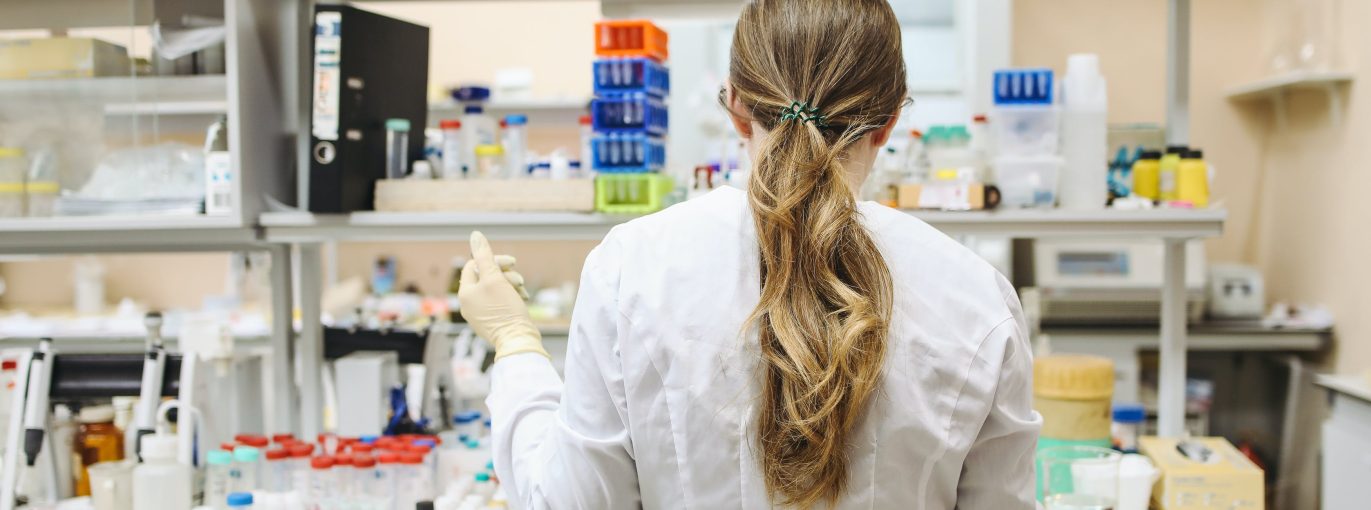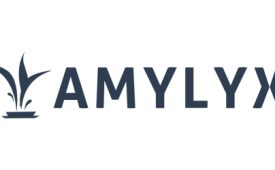
The Lighthouse II study is a phase 3 clinical trial that compares the drug Triumeq to placebo. There are currently over 200 participants taking part in the study. That means we are getting closer to our target of 390 participants.
The Lighthouse II study was launched early 2022 in collaboration with associations from different countries. There are currently 27 sites participating in the study. Six sites are located in Europe, eight in the UK and twelve in Australia and New Zealand.
“We are very pleased with the current state of the Lighthouse II study. With over 200 participants already, we are getting closer and closer to our goal of 390 patients,” says Leonard van den Berg, chairman of TRICALS and professor of Neurology at UMC Utrecht. “The TRICALS consortium looks forward to continuing this study and moving one step closer to finding a cure for ALS.”
Triumeq
The Lighthouse II study is investigating whether human endogenous retroviruses (HERVs) play a role in the development of motor neurone disease (MND) and to investigate whether targeting HERVs might have therapeutic potential. The investigational drug is called Triumeq.
Triumeq is an existing drug currently used to treat patients with HIV. The Lighthouse II study therefore investigates whether Triumeq can inhibit the disease progression of ALS. The drug consists of three active substances joined together: dolutegravir, abacavir and lamivudine. The predecessor of this study, the Lighthouse I study, has already shown that Triumeq is safe and well tolerated by people with ALS.
Inclusion criteria
In the Lighthouse II study, participants are randomly assigned, with a ratio of 2:1, with two people receiving the active drug and one person receiving a placebo. Participants are asked to come to the research center every three months for assessments for a maximum of 2 years.
To select participants, the TRICALS computer model is used. This differs from many other studies, which often apply strict eligibility criteria. The TRICALS computer model uses clinical variables such as age, disease duration, lung function and measures of daily functioning to predict a person’s disease course. The advantage of the TRICALS computer model is that it increases the number of eligible patients, allowing more people to participate.
Collaboration
The Lighthouse II study wouldn’t have been possible without the parties below. The unique aspect about this study is that it has been funded by ALS patient organizations, foundations and governmental fundings.
- Ulla-Carin Lindquist stiftelse för ALS-forskning
- Fundación Luzón
- Research Motor Neurone
- Slovenian Research Agency (ARRS)
- Dutch ALS Foundation
- Viiv Healthcare
- Macquarie university
- Kings College London
- NIHR
- My Name’5 Doddie Foundation
- MND Association
- Alan Davidson Foundation
- FightMND
- MND Australia
- MND New Zealand
- ALS het licht uit gaat
- Miquel Valls Foundation
Noticias relacionadas

Meet the centre - Torino ALS Center (University of Torino)

Amylyx withdraws RELYVRIO/AMX0035 from U.S. and Canadian markets

Results of TUDCA-study: No effect of investigated compound
